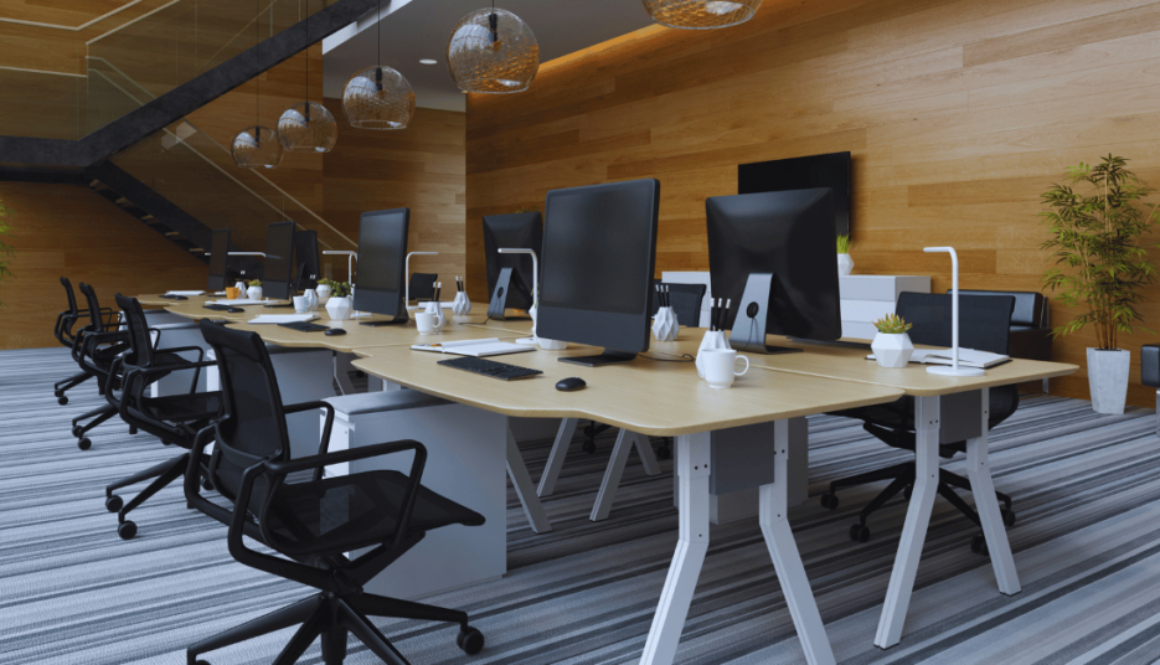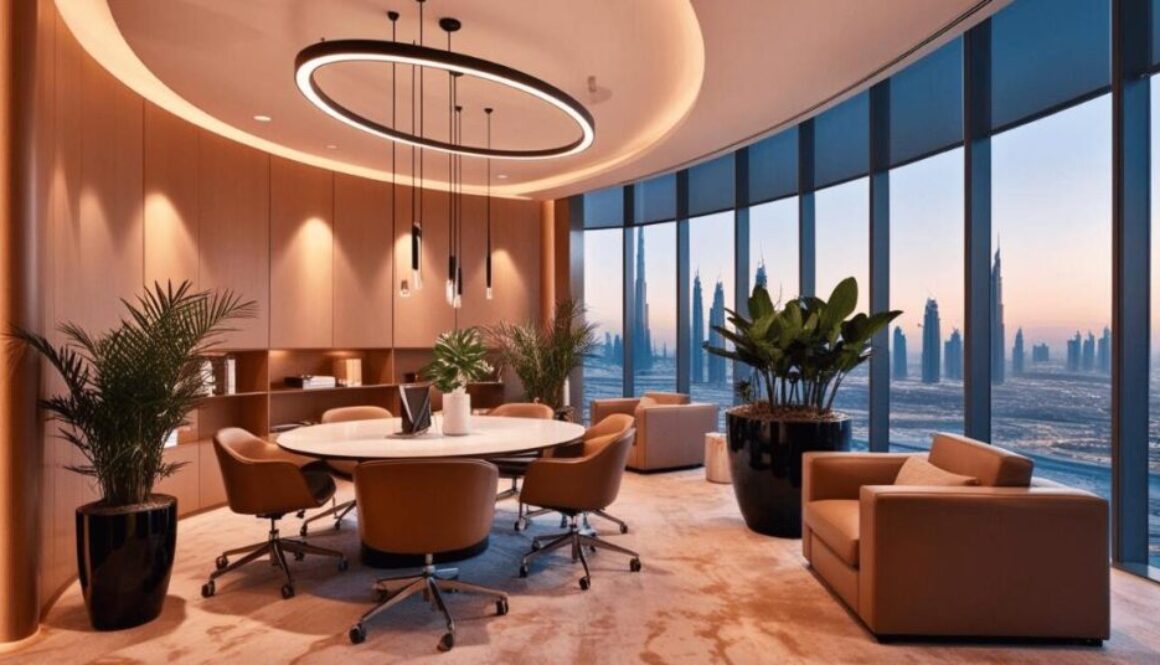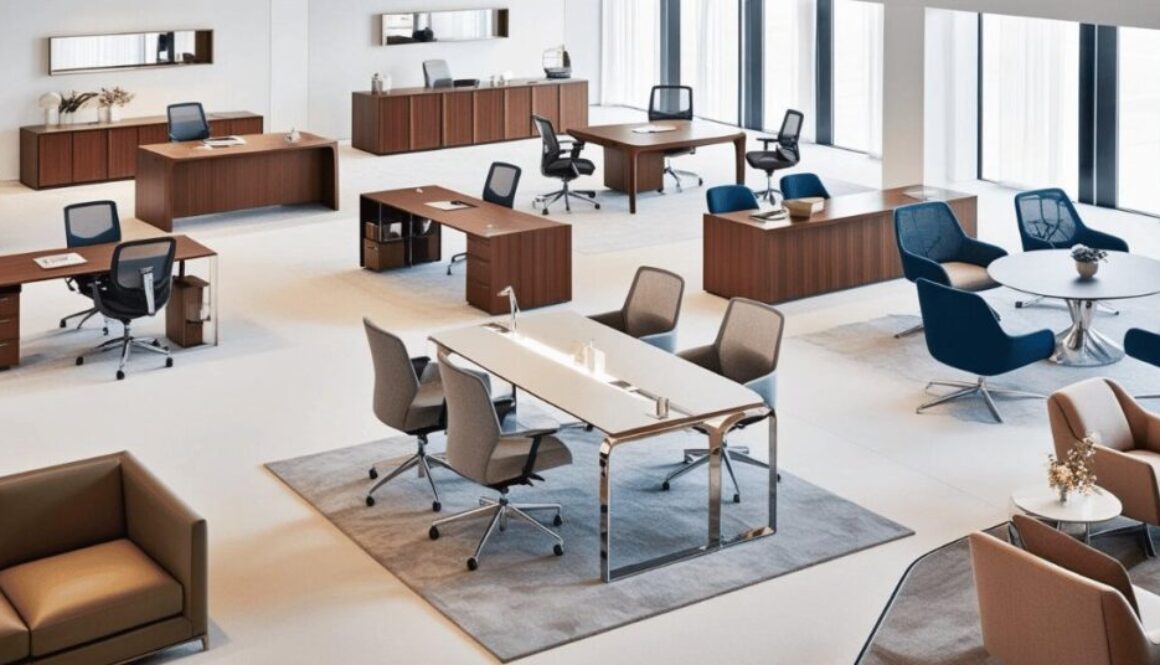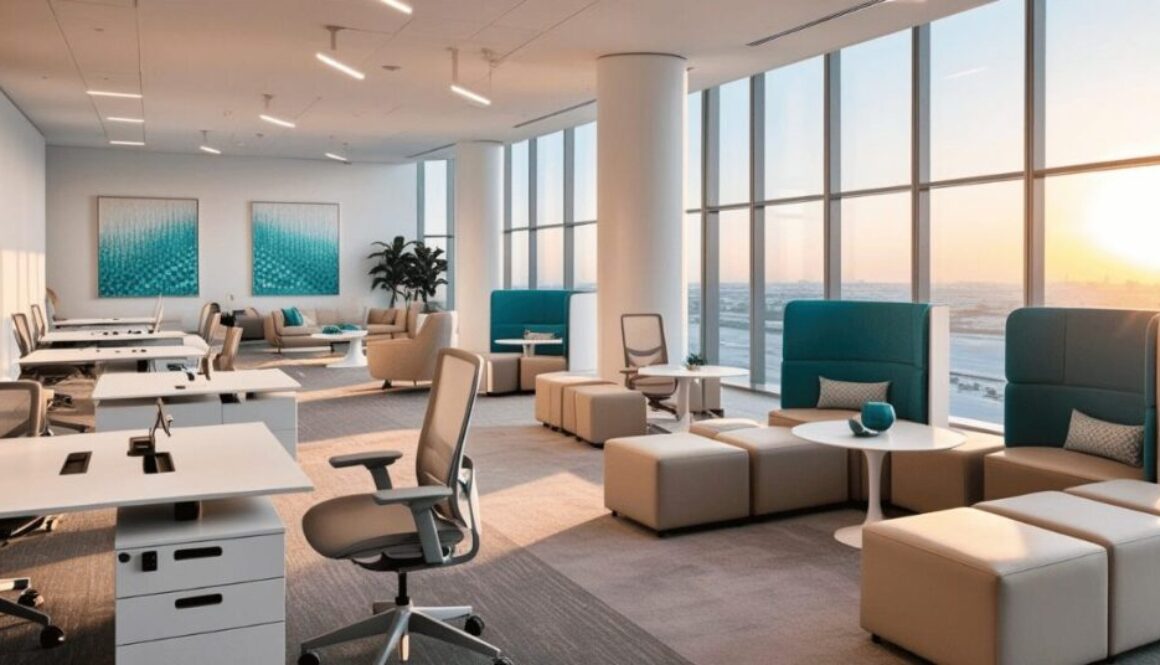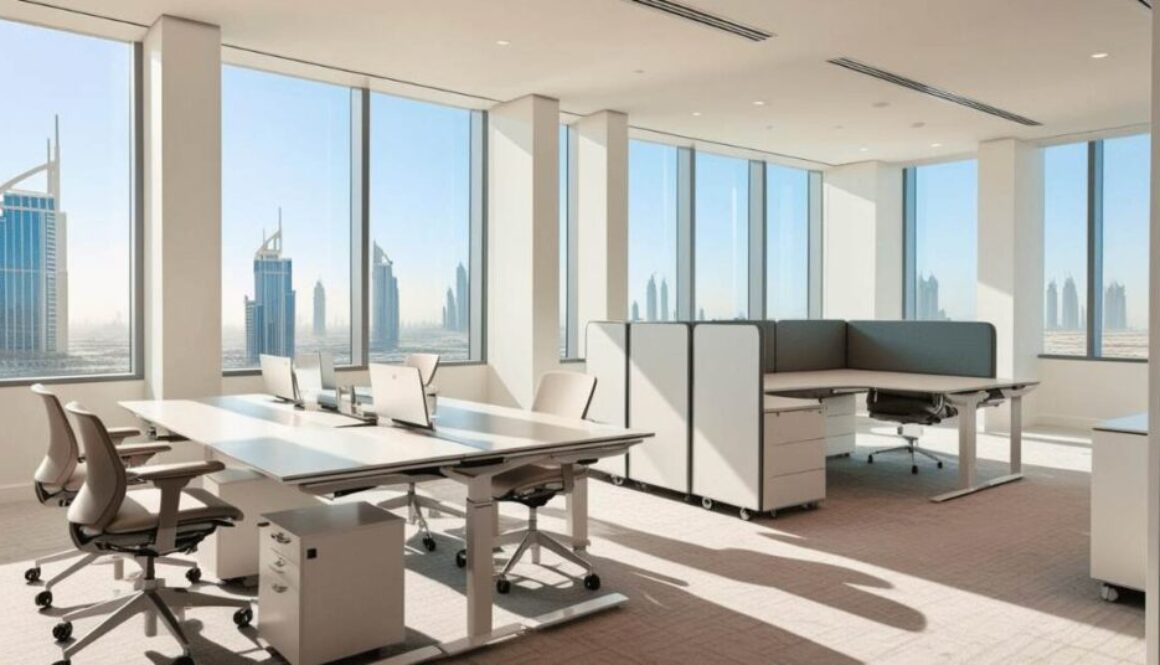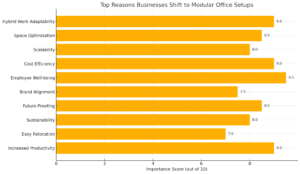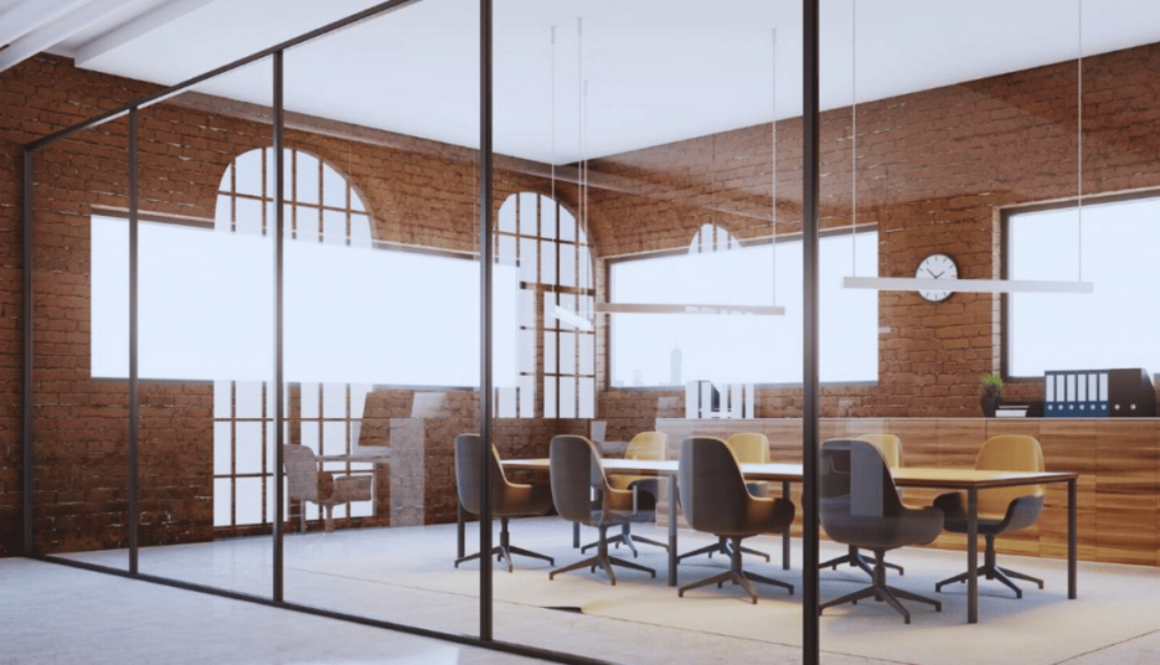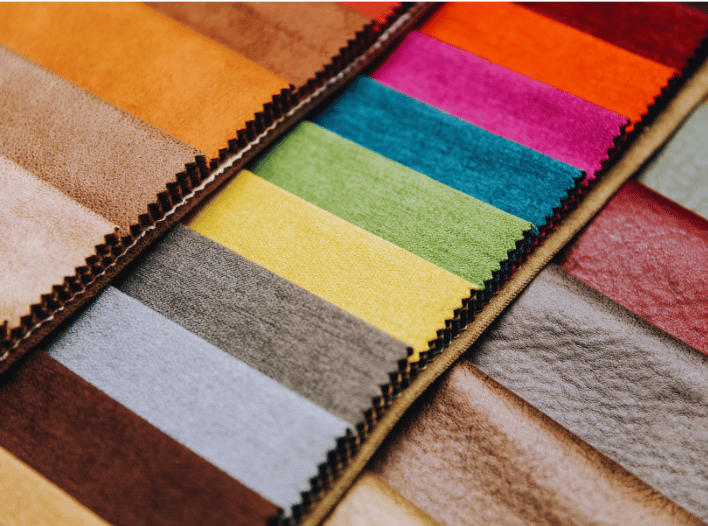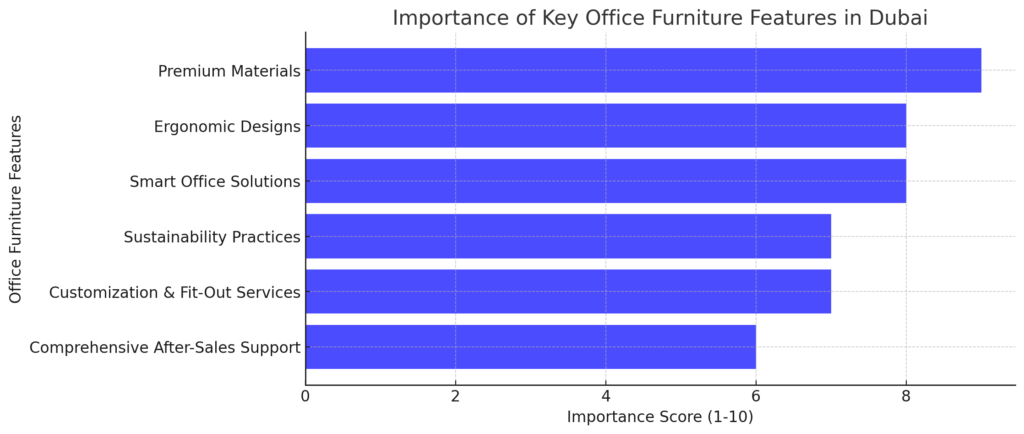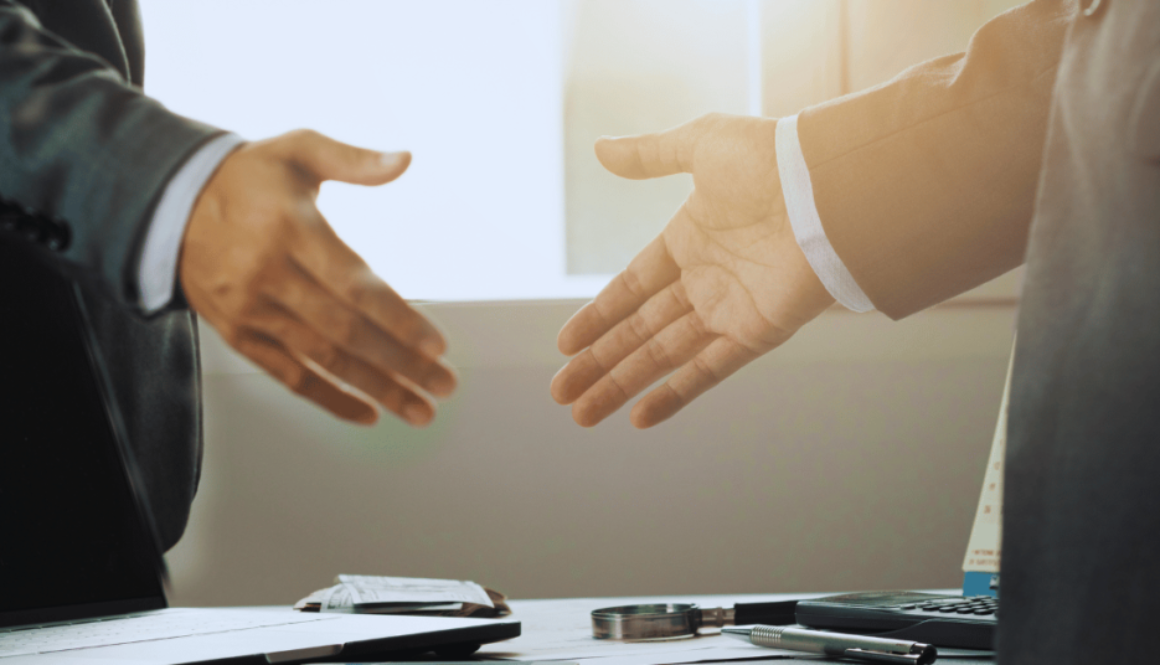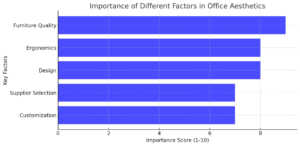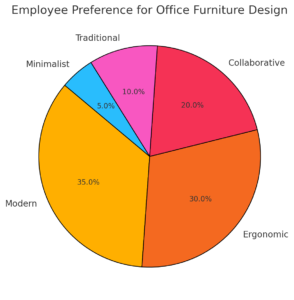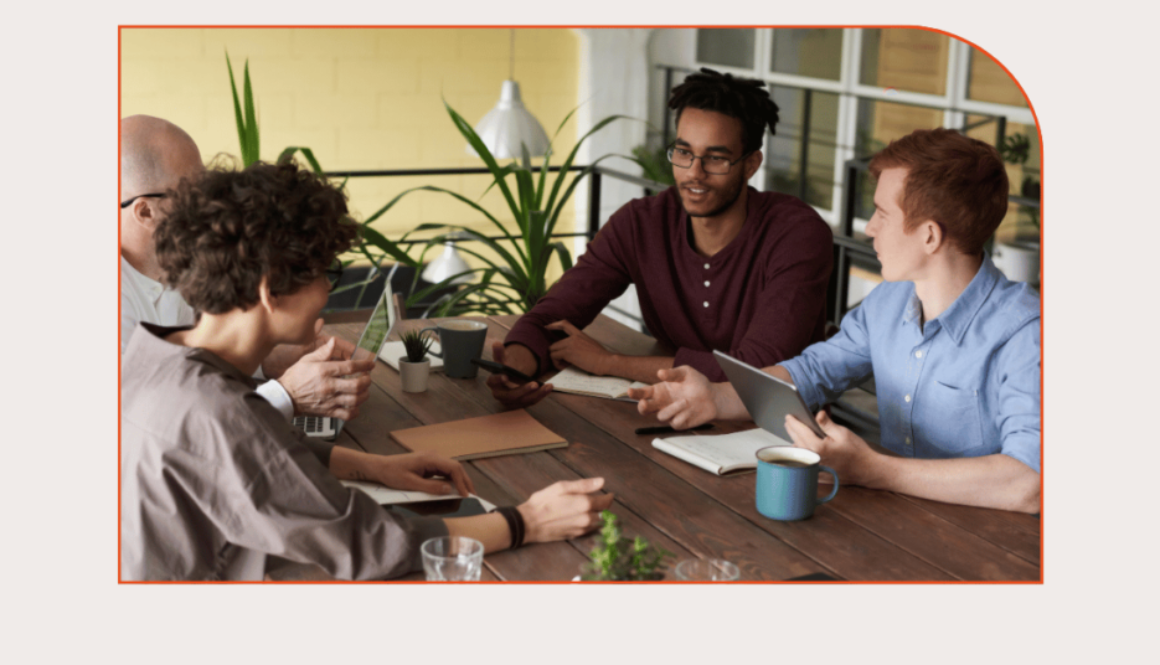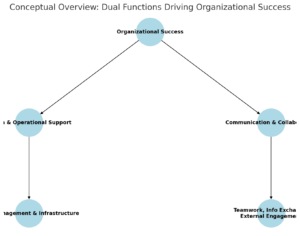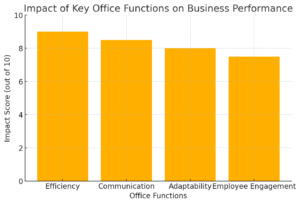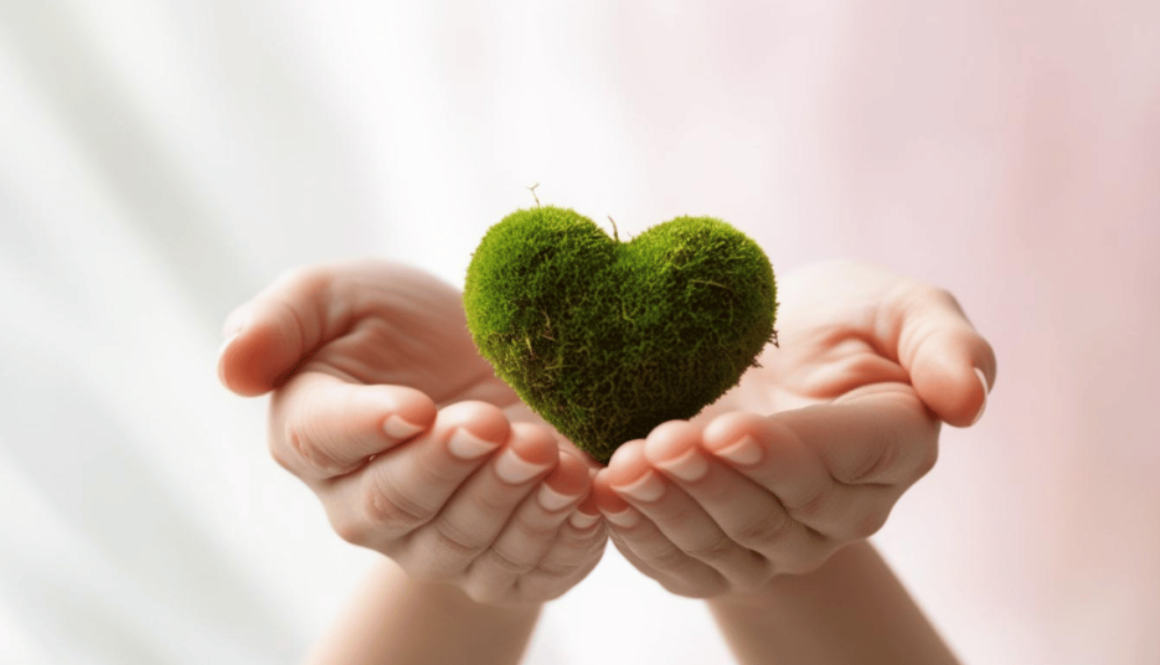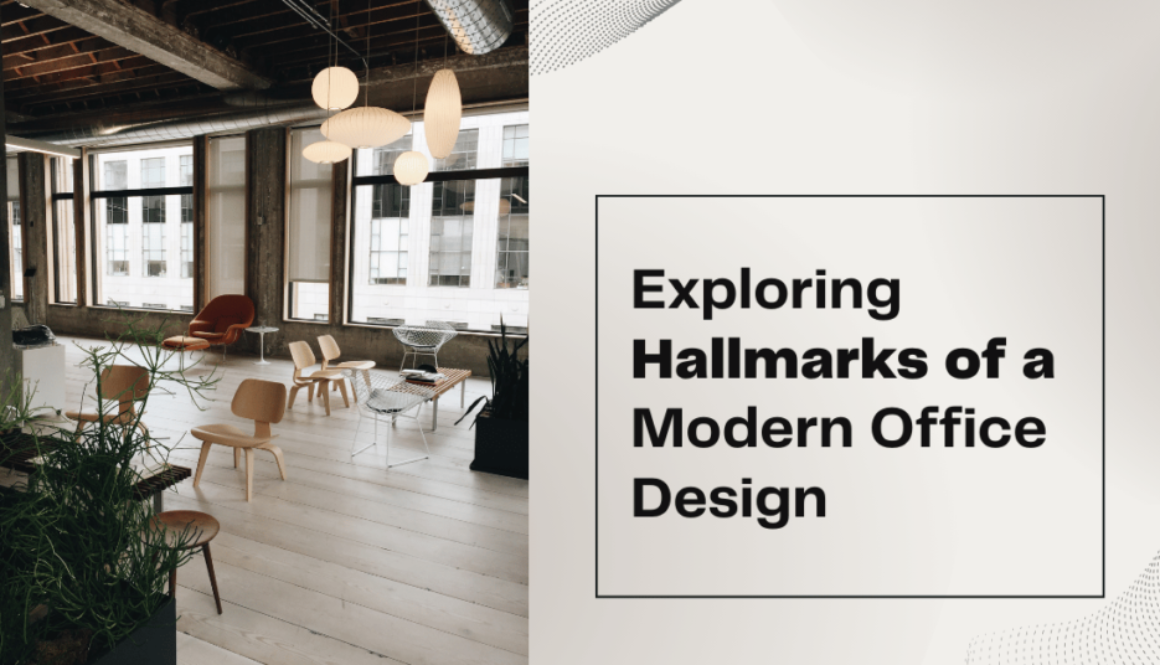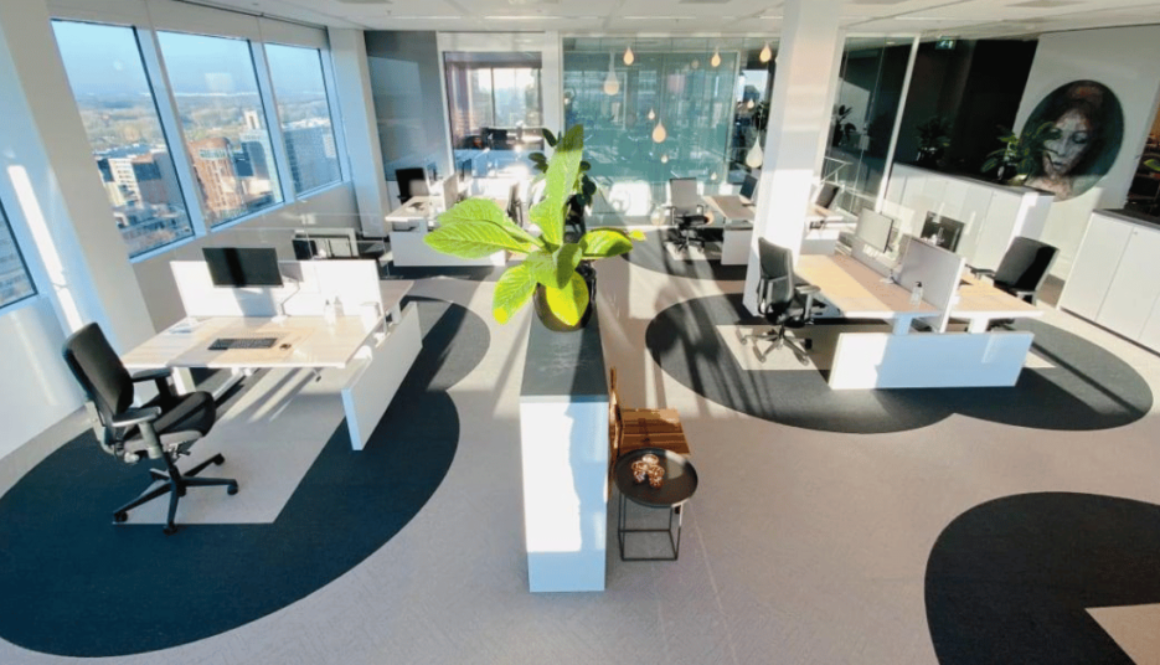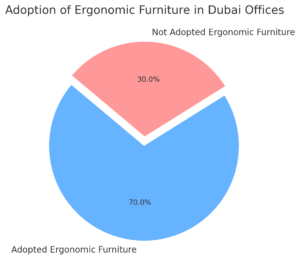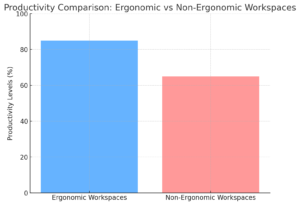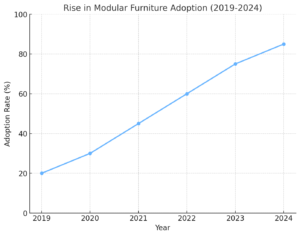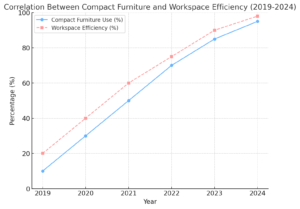Professional Workspaces in Dubai – Stylish & Functional
In Dubai’s competitive business environment, companies continually seek ways to enhance both their performance and reputation. A rising solution? Creating well-designed, high-functioning professional workspaces that go beyond traditional layouts. Whether it’s a law firm in the DIFC or a tech startup in Business Bay, the way a workspace looks and feels can significantly impact how employees perform and how clients engage with your brand.
To bring this vision to life, you need more than just desks and chairs—you need a strategy, effective planning, and a reliable office furniture store in Dubai that understands your specific needs.
🌟 The Evolution of Professional Workspaces
Today’s professional workspaces are no longer one-size-fits-all. Businesses are shifting away from rigid cubicles and static desks toward flexible environments that enable both collaboration and focused productivity. Features such as modular workstations, standing desks, and movable partitions now define how modern teams interact with their workspaces.
This shift is driven by the demand for better employee well-being, brand consistency, and increased efficiency—all of which can be achieved through innovative design and quality furniture.
🪑 Why Furniture is Central to Workspace Design
The heart of any professional environment is the furniture that supports it. From ergonomic task chairs to executive desks and breakout lounge areas, furniture defines not just comfort but also workflow. Functional furniture creates productive zones, supports posture, and reduces fatigue—essential qualities in any professional workspace.
The most successful companies are investing in modern office furniture in Dubai that blends form and function. It’s not just about looks—it’s about using smart design to promote better communication, health, and innovation within the workplace.
🏢 Choosing the Right Office Furniture Store in Dubai
When planning your office, working with a knowledgeable office furniture store in Dubai is crucial. The best suppliers don’t just deliver furniture—they understand how to integrate furniture solutions into your floor plan, corporate branding, and workflow.
From planning layouts to customizing executive offices, they help you build professional workspaces that reflect your values and prepare your business for future growth. A trusted store will also offer quality guarantees, space consultations, and fast delivery, all of which are essential in Dubai’s fast-paced corporate environment.
💡 Design Intelligence: What Makes a Workspace “Professional”?
Not every nice-looking office qualifies as a professional workspace. The distinction lies in the details—ergonomics, lighting, layout, acoustics, and furniture all come together to create an environment that enables focus, collaboration, and flow.
| Feature | Standard Office | Professional Workspace |
|---|---|---|
| Furniture Type | Basic desks and chairs | Ergonomic & modular solutions |
| Layout | Fixed cubicles or random desk placement | Strategic zoning for collaboration & focus |
| Lighting | Harsh overhead lighting | Natural light and adjustable task lights |
| Technology Integration | Minimal, often outdated | Smart desks, built-in charging, AV systems |
| Brand Representation | Generic design | Color schemes, materials, and layouts aligned with brand |
🌿 Sustainable Solutions in Modern Offices
Sustainability is now a core element of professional workspaces. Many companies in Dubai are embracing eco-conscious practices—opting for recycled materials, energy-efficient lighting, and low-emission finishes. These green initiatives not only reduce carbon footprints but also promote employee wellness.
With the availability of sustainable modern office furniture in Dubai, you can now build a workspace that reflects both corporate responsibility and design excellence.
✨ The Rise of Executive and Collaborative Zones
Another major trend in professional workspaces is the creation of multifunctional zones. Executive suites, collaborative hubs, quiet pods, and client lounges are now standard in forward-thinking offices. These areas strike a balance between privacy and engagement, which is crucial in industries that rely on both creativity and confidentiality.
Furniture solutions that support this include acoustic chairs, soft lounge sets, writable surfaces, and adaptable boardroom tables. This reflects a broader shift toward furniture that supports not just tasks, but experiences.
🧠 Why Choosing the Right Supplier Still Matters
Even the best-designed space can fall flat if the furniture is of poor quality or mismatched with the workflow. Selecting a reliable office furniture store in Dubai ensures that your investment is not only stylish but also practical, long-lasting, and adaptable.
Your supplier should offer consultation, customization, and continuity across your office design. Ultimately, a truly professional workspace begins with selecting a supplier that understands the distinction between furniture and function.
🧩 Creating Multi-Zone Professional Workspaces
In today’s evolving business climate, professional workspaces are more than open floor plans—they’re intelligent environments divided into functional zones. These may include collaboration hubs, quiet focus areas, private meeting pods, and lounge-style breakouts. Each area serves a specific purpose and is supported by design choices that align with company culture.
Employers are now reimagining layouts to accommodate flexible work patterns, digital tools, and task-based movement throughout the day. This zoning helps reduce distractions, boosts creativity, and supports various work styles within the same office footprint.
🧰 Storage and Organization: Hidden Keys to Professional Workspaces
A cluttered office is not a professional one. Efficient storage solutions are critical to maintaining clean, calm, and high-performing environments. Sleek filing cabinets, concealed shelving, and mobile storage units play a big role in elevating the functionality of professional workspaces.
Modern offices in Dubai are embracing multi-use storage that blends into the aesthetic, doubling as partitions or design elements. This subtle organization fosters better concentration and a more polished, professional feel without sacrificing space or beauty.
📊 Measuring the ROI of a Professional Workspace Upgrade
Investing in professional workspaces is not just a design decision—it’s a strategic move. Businesses that invest in well-planned environments often report higher employee satisfaction, better talent retention, improved collaboration, and even increased client confidence.
Key metrics to watch include reduced absenteeism, fewer workplace injuries (resulting from ergonomic design), and improved brand perception. Companies that upgrade their environment with assistance from a top-tier office furniture store in Dubai often recoup their costs through enhanced productivity and improved employee morale.
Choosing modern office furniture in Dubai supports this ROI by ensuring the space is both visually inspiring and functionally sound.
🧭 Customizing Professional Workspaces by Industry
Not all professional workspaces are created equal. A law firm may prioritize private offices and soundproofing, while a tech company thrives in open, collaborative zones with writable walls and plug-and-play hubs. Industry-specific needs influence everything from layout to furniture selection.
Understanding these nuances allows businesses to create tailored environments that align with operations, branding, and customer expectations. The right design speaks directly to your industry and enhances your team’s workflow.
📍 Location-Based Planning in Dubai Offices
When building professional workspaces in Dubai, location matters. Offices in DIFC may need a premium executive aesthetic, while spaces in Dubai Silicon Oasis may lean toward innovation and flexibility. Understanding your location’s culture and expectations is essential in selecting the right furniture and layout.
Proximity to metro stations, the availability of natural light, and the type of clientele you serve also influence how your workspace should look and function.
🪑 Furniture Trends Shaping Professional Workspaces in 2025
The future of professional workspaces is being shaped by rapid innovation. Some of the most influential furniture trends for 2025 include:
Soft partitions for privacy without walls
Acoustic panels integrated into chairs
Touchless furniture features
Eco-friendly, recycled materials
Mobile workstations with smart cable routing
These trends are now commonly found in modern office setups across Dubai—especially when working with a trusted office furniture store in Dubai.
💼 Small Business? You Can Still Have a Professional Workspace
You don’t need a massive budget or floor plan to create a professional-looking office. Even home-based entrepreneurs and small teams can enhance their setups with carefully selected pieces, such as ergonomic chairs, compact standing desks, and smart storage units.
Modern office furniture in Dubai is available in a variety of sizes and finishes, making it ideal for studios, co-working spaces, and home offices seeking to upgrade with minimal square footage.
👨💻 Remote Work Integration in Professional Offices
Hybrid models are here to stay, and professional workspaces must now support both in-office and remote work. This means including video conferencing areas, charging stations, and comfortable touchdown desks for remote staff visiting the office.
Smart furniture that integrates with tech—like desks with built-in USB ports or adjustable screens—is becoming a standard requirement in modern, flexible workplaces.
📐 Designing for Brand Experience in the Office
Your professional workspace isn’t just for your team—it also represents your brand to every visitor. The right color palette, furniture finishes, and layout reflect the professionalism, creativity, or luxury your company is known for.
Integrating brand identity into furniture and layout helps create a consistent experience, from your website to your reception desk.
Final Thoughts
The demand for professional workspaces is no longer optional—it’s essential for growth-driven businesses. Whether you’re expanding, rebranding, or simply upgrading, your workspace speaks volumes about your company’s identity, values, and efficiency.
From ergonomic innovation to sustainable materials and future-proof layouts, building a professional environment begins with trusted partners. If you’re looking for quality, functionality, and a refined aesthetic, ensure your journey begins with a reputable office furniture store in Dubai that offers the best in modern office furniture.
Let your office be more than a place to sit—make it a space where success is designed.
📍 Find us in the heart of Dubai’s business district
Related Links
- Where Productivity Meets Style: Dubai’s Finest Office Interiors
- Find the widest range of workspace solutions in Dubai
- How Do You Distinguish What Office Furniture is Needed?
- Why Are Businesses Shifting Towards Flexible and Modular Office Setups?
- Ensuring Quality and Innovation in Office Furniture Industry
❓ Frequently Asked Questions (FAQs)
1. What defines a professional workspace?
A professional workspace is a well-planned office environment that promotes productivity, comfort, and brand consistency. It typically includes ergonomic furniture, thoughtful layouts, integrated technology, and a design that reflects the company’s values.
2. How can modern office furniture in Dubai improve my workspace?
Modern office furniture in Dubai offers ergonomic, stylish, and functional solutions that adapt to evolving business needs. It enhances employee comfort, maximizes space, and supports hybrid work models through the use of modular and smart furniture designs.
3. Why should I choose a local office furniture store in Dubai?
A local office furniture store in Dubai offers faster delivery, personalized support, and a better understanding of region-specific workspace needs. You also get access to curated furniture collections that meet Dubai’s commercial standards and styles.
4. What furniture elements are essential in a professional workspace?
Key furniture elements include ergonomic chairs, height-adjustable desks, modular workstations, collaborative seating, and smart storage solutions. These features support posture, productivity, and space efficiency.
5. Can office furniture design impact employee performance?
Yes, the right office furniture design can have a significant impact on employee performance. Comfortable seating, natural lighting, acoustic solutions, and zoned workspaces reduce fatigue and distractions, boosting focus and morale.
